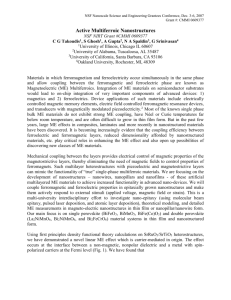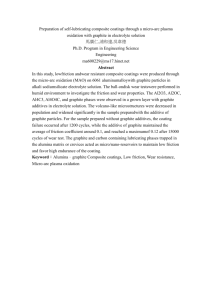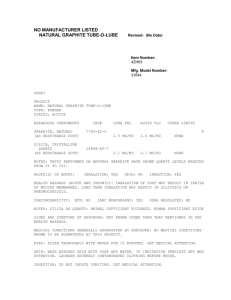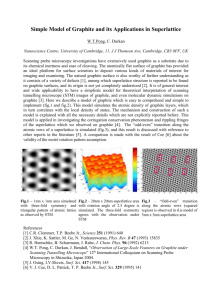Template for Electronic Submission to ACS Journals
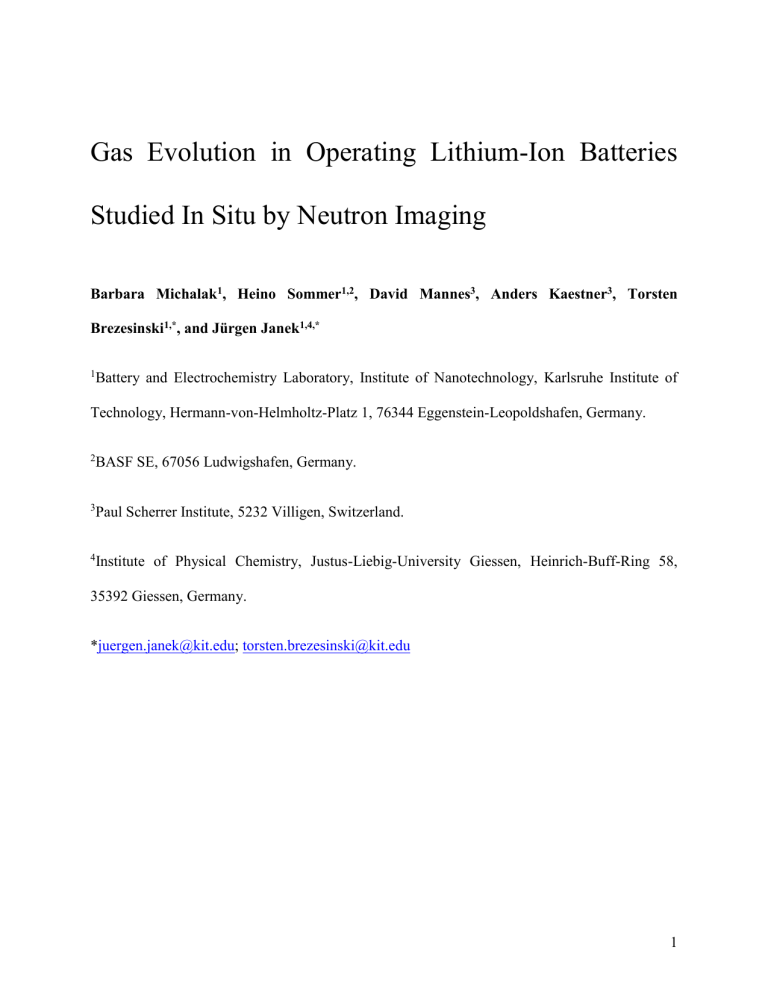
Gas Evolution in Operating Lithium-Ion Batteries
Studied In Situ by Neutron Imaging
Barbara Michalak 1 , Heino Sommer 1,2 , David Mannes 3 , Anders Kaestner 3 , Torsten
Brezesinski 1,* , and Jürgen Janek 1,4,*
1 Battery and Electrochemistry Laboratory, Institute of Nanotechnology, Karlsruhe Institute of
Technology, Hermann-von-Helmholtz-Platz 1, 76344 Eggenstein-Leopoldshafen, Germany.
2 BASF SE, 67056 Ludwigshafen, Germany.
3 Paul Scherrer Institute, 5232 Villigen, Switzerland.
4 Institute of Physical Chemistry, Justus-Liebig-University Giessen, Heinrich-Buff-Ring 58,
35392 Giessen, Germany.
* juergen.janek@kit.edu
; torsten.brezesinski@kit.edu
1
Figure S1.
Pouch cell setup showing the different battery components.
Figure S2.
Custom made aluminum holder comprising eight pouch cells. The neutron beam passes through the holder/samples and the change in transmission is monitored as a function of time.
2
Figure S3.
As-obtained neutron radiographic image with dimensions of 152 × 182 mm 2 . As can be seen, aluminum interacts only weakly with neutrons.
Figure S4.
Neutron transmission image obtained on an LNMO/graphite pouch cell (after one hour of cycling) showing gas bubbles trapped between the different layers. The presence of gas bubbles between the electrodes is most likely due to non-uniform pressure distribution in the cell and leads to very poor cycling performance.
3
Figure S5.
Photograph of a typical hard-case cell with pressure sensor. The cells were assembled inside a dry room by stacking anode, glass fiber separator (GF/A, Whatman) and cathode. The electrolyte used was 600 μL of 1 M LiPF
6
in a mixed solvent of ethylene carbonate and ethyl methyl carbonate (3:7 by weight, LP57).
Table S1.
First cycle charge/discharge capacities and coulombic efficiency values.
Cathode/anode combination
LFP/LTO
LFP/graphite
LNMO/LTO
LNMO/graphite
Charge capacity / mAh g – 1
160.3
157.6
145.4
143.5
Discharge capacity / mAh g – 1
146.3
142.7
119.4
126.5
Coulombic efficiency / %
91.27
90.56
82.15
88.11
4
Table S2.
Gas formation rates derived from the first derivative of the V gas
curves.
LFP/graphite
LNMO/LTO
LNMO/graphite
Cathode/anode combination t = 10 min
E / V 1.89 rate / µL h −1 0.0396
E / V 1.35 rate / µL h −1 0.0084
E / V 2.23 rate / µL h −1 0.0871 t = 0.5 h
3.0
0.0334
2.50
0.0074
3.66
0.0860 t = 5 h
3.37
0.0025
3.14
0.0051
4.60
0.0148 t = 10 h t = 21 h
3.39
0
3.2
0
3.23 3.29
0.0020 0.0034
4.71 4.52
0.0018 0.0032
5
